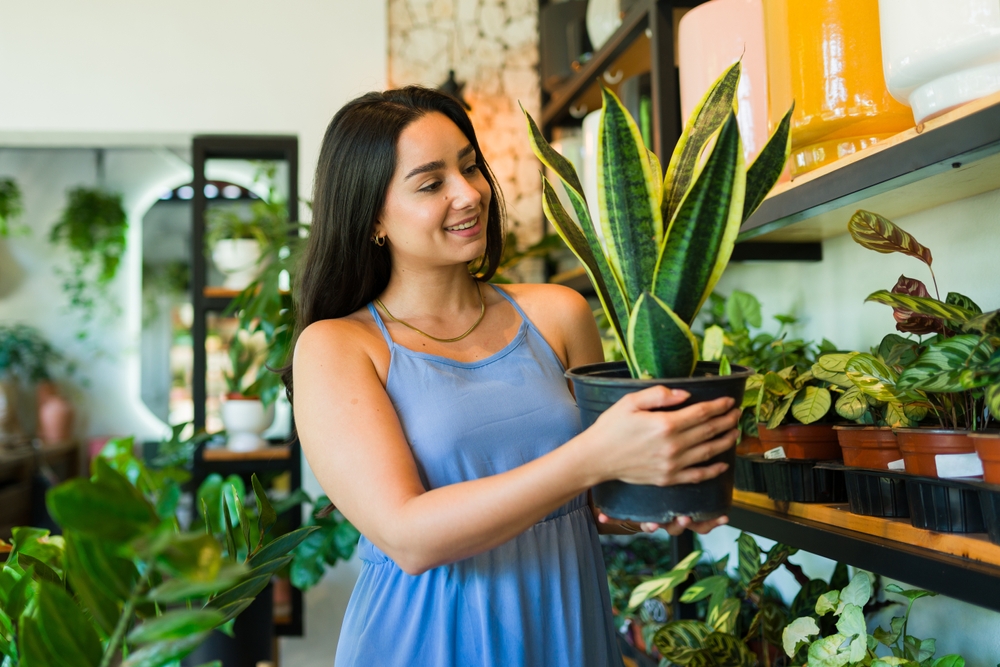Cancer. The word alone has a way of sending shivers down our spines, doesn’t it? From health headlines to dinner table discussions, it’s easy to find ourselves clutching at straws when trying to explain what might be behind this dreaded disease. But here’s the thing: the relationship between cancer and everyday lifestyle factors isn’t as clear-cut as we might think. We’ve all heard the warnings—certain foods, habits, or environmental factors we’re told to avoid for fear of triggering cancer cells. But, as with so much in the world of wellness, some of these fears are myths, perpetuated by misinformation or outdated studies. So let’s cut through the noise and dive into 15 things you might think cause cancer, but that science says are less sinister than we’ve been led to believe.
1. Cell Phones

The buzz around cell phones and cancer seems never-ending. The theory is that radiation from our phones could penetrate our brains and cause tumors, particularly brain cancer. While it’s true that mobile phones emit radiation, extensive studies have yet to establish a definitive link between phone use and cancer. The key here is that the type of radiation emitted from cell phones is non-ionizing, meaning it lacks the energy required to damage our DNA in the way that ionizing radiation (like X-rays) can.
Moreover, some of the largest, most thorough studies to date have found no increased risk of brain tumors among heavy cell phone users. According to Cancer.gov, current research does not conclusively link cell phone use to cancer. Sure, it’s wise to keep your phone out of your pocket or avoid long conversations, but rest assured, your daily scroll isn’t likely to trigger cancer. The science just doesn’t back up the hype.
2. Artificial Sweeteners
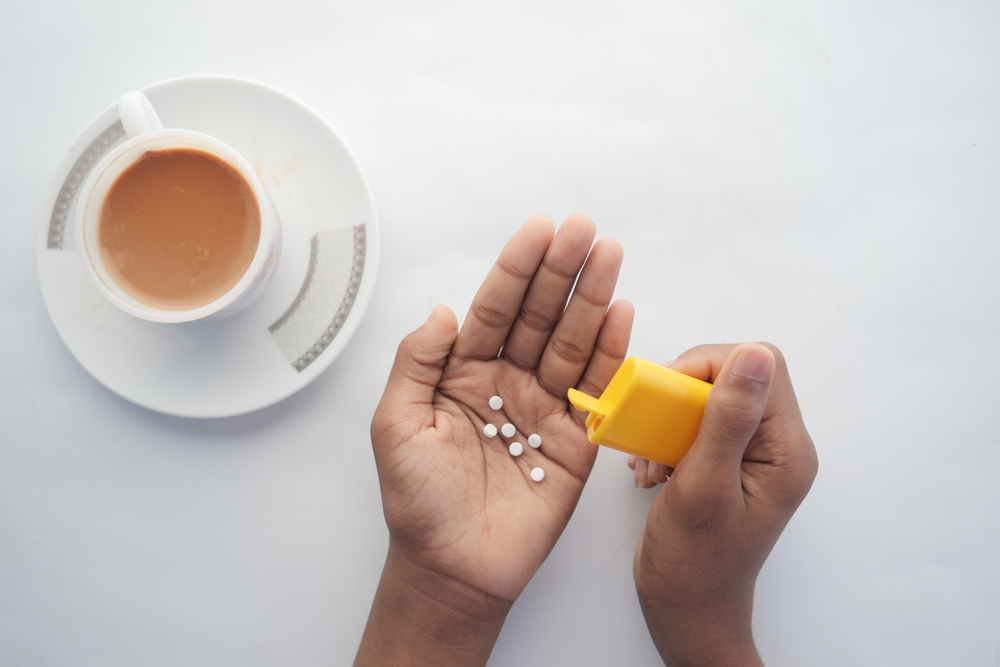
From diet sodas to sugar-free snacks, artificial sweeteners have been the subject of heated debates. Some claim that these sugar substitutes are cancerous, fearing they might act like toxins in the body. However, after decades of research, regulatory bodies such as the FDA and WHO have affirmed that artificial sweeteners like aspartame and sucralose are safe for consumption at normal levels. The confusion stems from a few early studies with flawed methods that led to widespread fear, but the truth is much less dramatic.
These sweeteners go through rigorous testing before hitting the market, and no conclusive evidence has emerged that links them to cancer. According to BMJ, recent studies suggest a potential association between artificial sweeteners and cardiovascular risks, but more research is needed for definitive conclusions. They might not be the healthiest option in the world, but they’re far from the carcinogens we once thought them to be. So, go ahead and indulge in your zero-calorie treat without fear.
3. Microwave Ovens
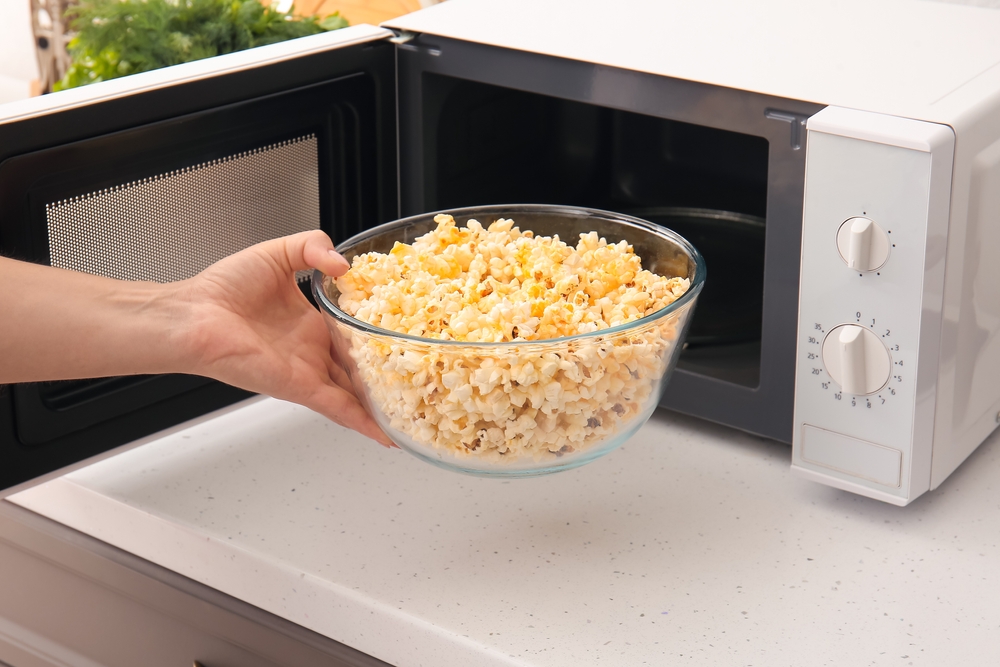
Microwave ovens are often associated with the myth that they “radiate” harmful waves that could lead to cancer. But let’s set the record straight: the radiation produced by a microwave is not the same as the radiation linked to cancer. Microwaves simply use a form of non-ionizing radiation to heat food, which is not strong enough to cause cancerous mutations. The microwave’s design also ensures that the radiation remains contained within the appliance, so there’s no risk of exposure.
The real health concern with microwaves lies more in how we use them. Overheating food in plastic containers or using old, worn-out microwaves might increase the risk of chemicals leaching into your food, but that’s a far cry from worrying about microwave radiation causing cancer. According to Sahyadri Hospital, properly used microwave ovens are safe and do not cause cancer.
4. Deodorants and Antiperspirants
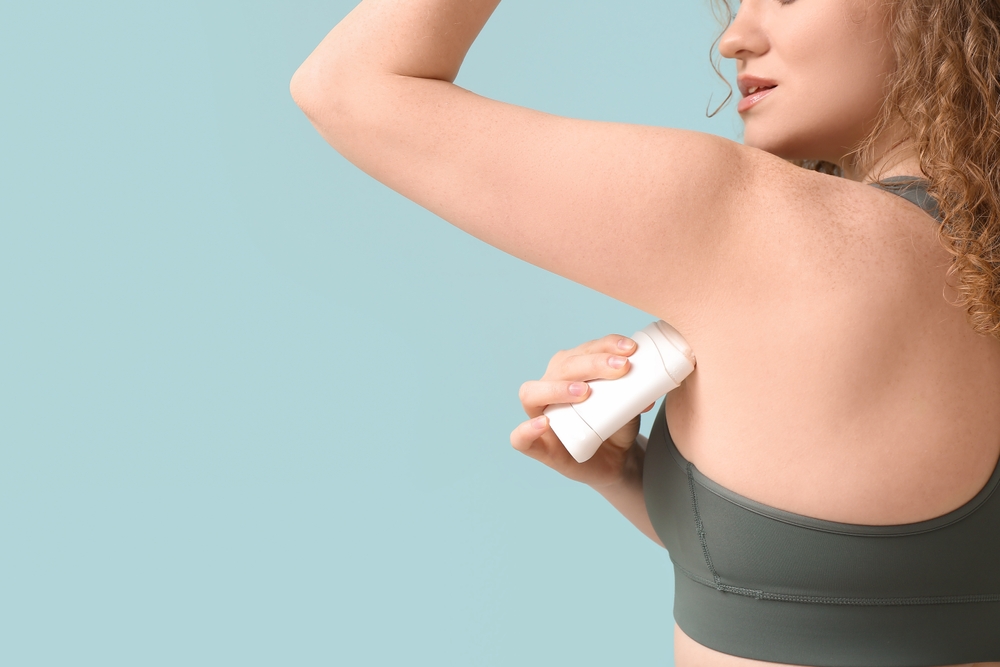
The idea that antiperspirants and deodorants could lead to breast cancer has been floating around for years, mainly due to the aluminum compounds used in antiperspirants that block sweat glands. While it sounds concerning, multiple scientific reviews have concluded that there’s no substantial evidence linking these products to cancer. Some early studies raised concerns about aluminum building up in breast tissue, but newer, more rigorous research has dispelled this theory.
The real takeaway? While it’s always good to be cautious about the ingredients in the products we use, there’s no reason to fear a simple swipe of deodorant under your arms. According to the Cancer Center, researchers have found no compelling evidence linking antiperspirants or deodorants to an increased risk of breast cancer. The connection to cancer is far less certain than myths would suggest.
5. Red Meat
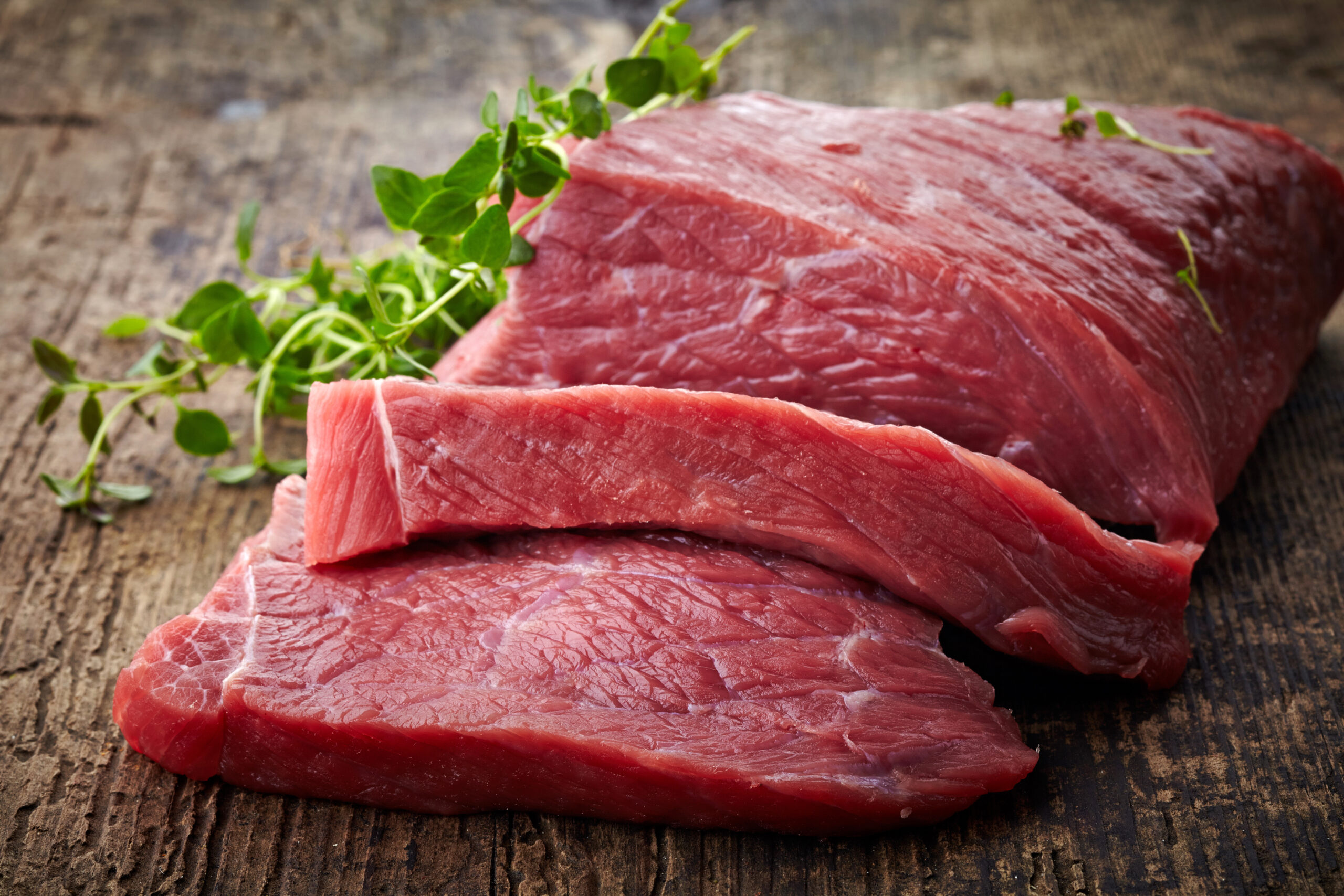
Red meat often finds itself at the center of cancer-related conversations. The World Health Organization (WHO) did classify processed meats as a carcinogen (Group 1), but unprocessed red meat sits in a different, more ambiguous category (Group 2A), which means it’s probably carcinogenic. What this really boils down to is moderation. Overconsumption of red meat, particularly in its processed form (think bacon, sausages), has been linked to an increased risk of colorectal cancer, but the link isn’t as clear-cut when it comes to regular, lean cuts of meat.
If you’re savoring a rare steak on occasion, don’t stress. It’s the excessive consumption and high-fat, processed varieties that you need to be cautious about. So, your weekend barbecue might not be the cancer risk you’ve been told it is—unless, of course, you’re grilling charred hot dogs every weekend.
6. Hair Dye
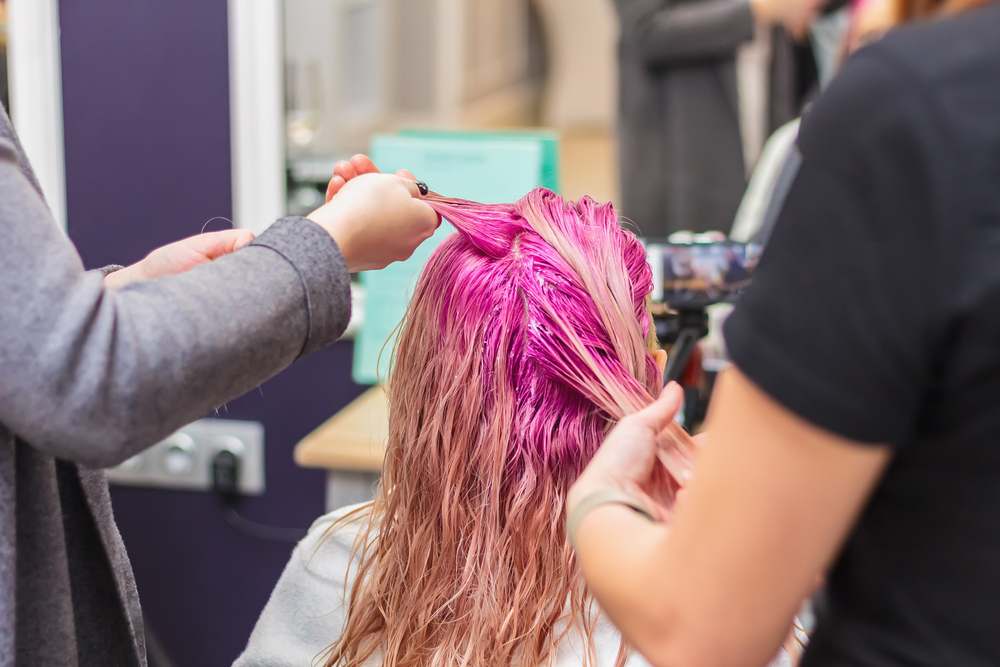
A common concern among frequent salon-goers is the possible cancer risk of hair dye. The fear stems from certain chemicals found in dyes, which, in high doses and under specific conditions, have been shown to cause cancer in lab rats. However, studies on human exposure have yielded mixed results, and no conclusive link has been made between hair dye use and cancer in humans.
Modern formulations have been significantly improved to reduce harmful chemicals, with many brands now offering ammonia-free and more natural alternatives. So, while it’s wise to opt for safer options and limit exposure, your monthly dye job doesn’t automatically mean you’re putting your health at risk.
7. Coffee

For a long time, coffee was on the cancer-hit list, with claims that its high temperature and acidity could trigger cellular damage. But the science on coffee has evolved dramatically. Recent studies show that coffee contains powerful antioxidants and is linked to a reduced risk of certain cancers, including liver and colorectal cancer. While drinking excessively hot beverages may slightly increase the risk of esophageal cancer (notably due to the heat, not the coffee itself), coffee in moderation is generally considered safe.
Even the potential risks associated with coffee are far less worrisome than previously thought. If you can’t start your day without a cup, go ahead—just be mindful of how much cream and sugar you add.
8. Processed Foods

Processed foods have long been vilified as cancer-causing villains, largely due to their high levels of preservatives, sugar, and unhealthy fats. While it’s true that an overreliance on processed foods can contribute to obesity and health problems that indirectly raise cancer risk, the connection isn’t as direct as many believe. It’s the ingredients in ultra-processed foods, like artificial colors, flavors, and preservatives, that are of concern, though their link to cancer is still under investigation.
The bigger problem is the overall dietary pattern. A balanced diet, rich in fruits, vegetables, and whole foods, is your best bet for reducing cancer risks. Eating a pre-packaged meal here and there won’t immediately make you susceptible, but regularly filling your plate with these options can affect your long-term health.
9. Plastic Containers
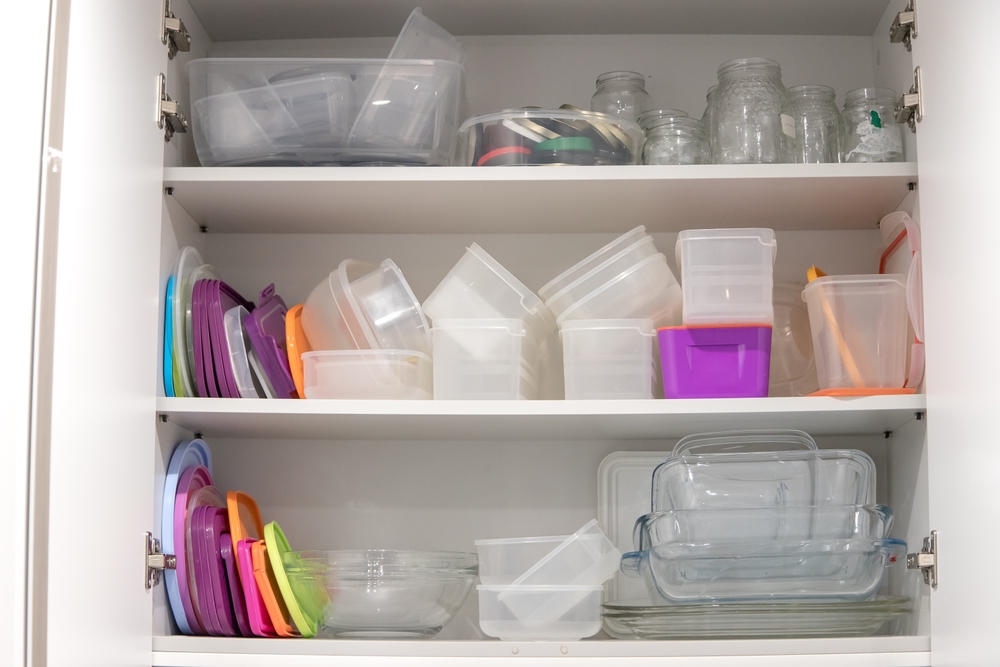
We’ve all heard that plastic containers, especially when heated, can release harmful chemicals like BPA (bisphenol A), which has been linked to cancer. While this was a valid concern a few years ago, most plastics used in food storage today are BPA-free. The FDA and other health authorities have also conducted numerous studies to ensure that plastic containers are safe for everyday use. The actual risk from plastic is minimal, especially when used as intended.
The key issue lies in how we use plastics—microwaving food in plastic containers or storing fatty foods in plastic can increase chemical leaching. So, it’s less about avoiding plastic altogether and more about being mindful of its proper use. Stick to BPA-free plastics and avoid exposure to high temperatures.
10. Fluorescent Lighting
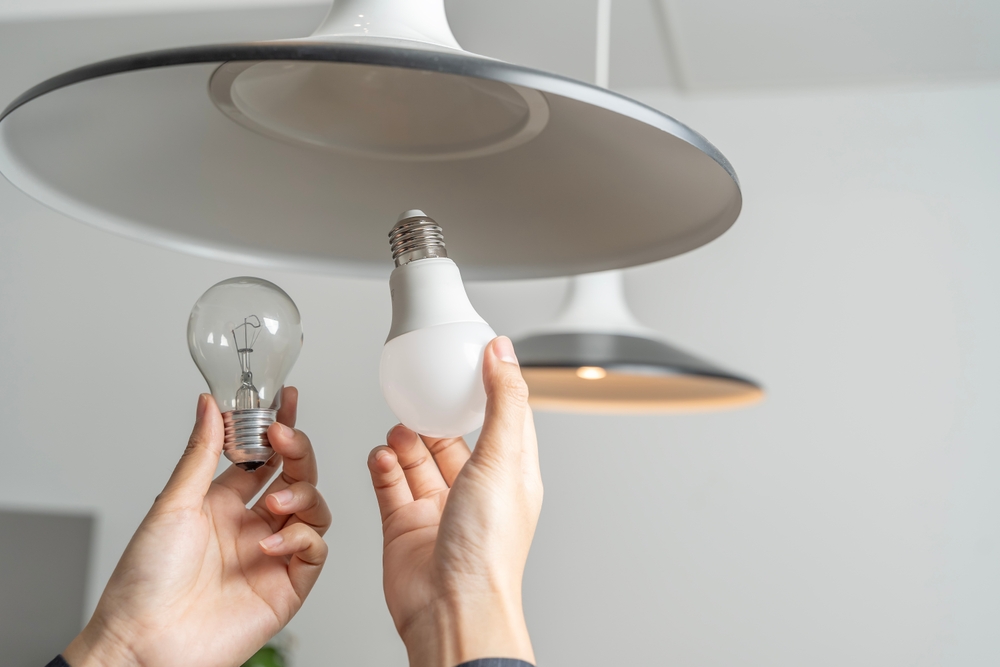
There’s a persistent rumor that fluorescent lights, with their flickering glow, could be a cancer risk. In reality, the small amounts of ultraviolet (UV) radiation emitted by these lights are not strong enough to cause harm. The levels of radiation are well below those of natural sunlight, and any potential risk would be negligible under normal exposure conditions.
Fluorescent lighting is designed to be safe for long-term use, and there’s little evidence linking it to cancer. If you’re concerned about the potential risks, simply using energy-efficient LED lighting is a good option. But don’t worry about the office lights above your head—they aren’t likely to cause cancer.
11. Antibacterial Soaps
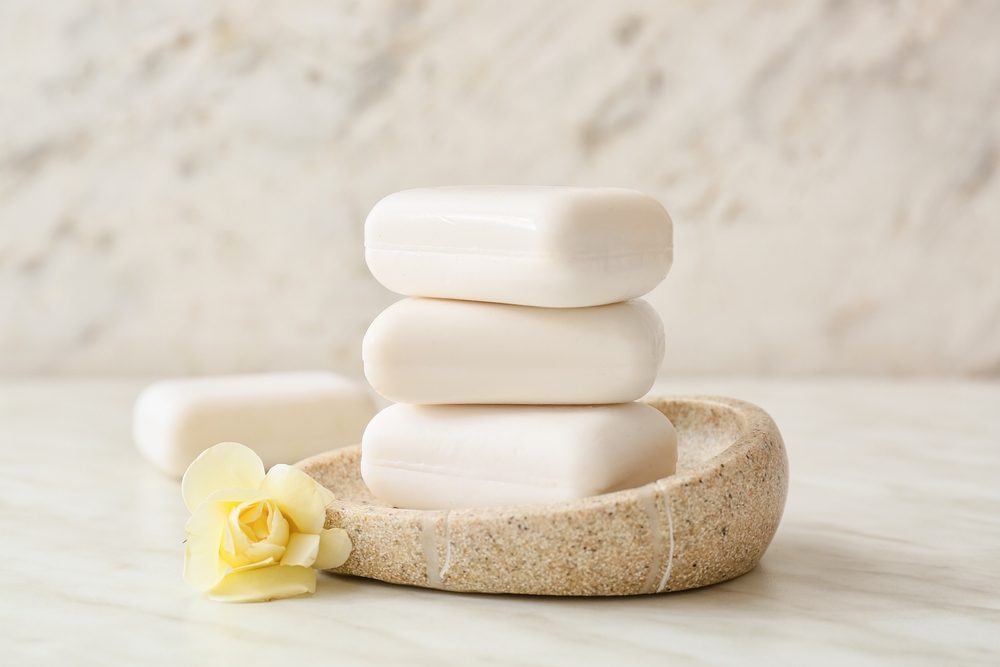
Many people believe that antibacterial soaps are necessary to kill bacteria, but studies have shown that regular soap and water are just as effective. The issue with antibacterial soaps is that they often contain chemicals like triclosan, which, when absorbed into the body over time, have been linked to hormone disruption and potential cancer risk. However, no concrete evidence has emerged connecting antibacterial soaps directly to cancer.
For everyday use, your standard soap will do the trick without the need for potentially harmful chemicals. So, ditch the antibacterial versions and stick to simple, clean options that are both safer and just as effective.
12. Non-Stick Cookware
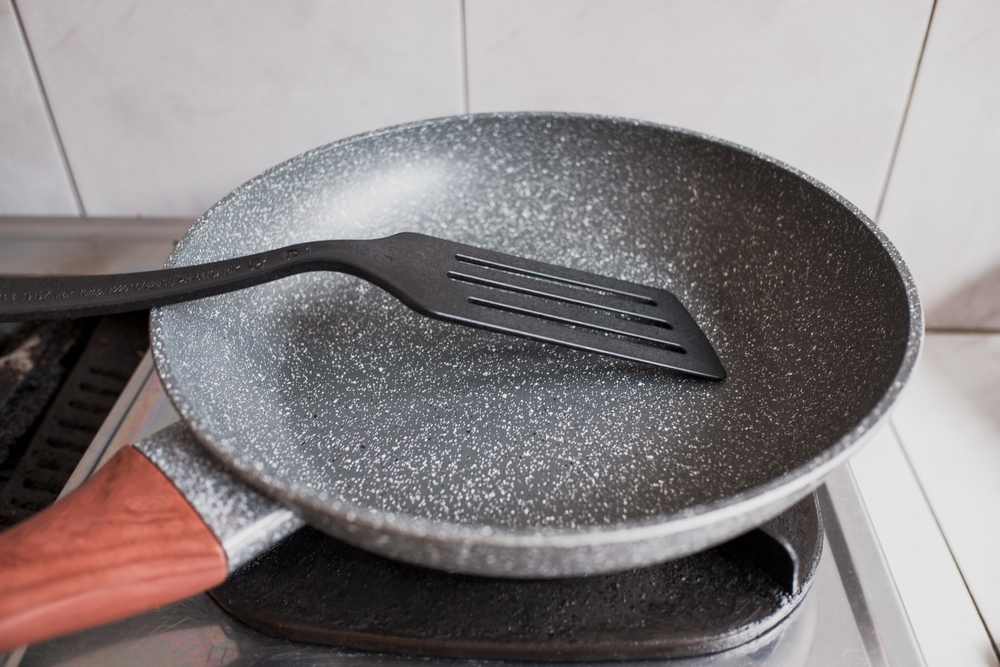
There’s an old fear surrounding non-stick pans, particularly those made with Teflon, which contains a chemical called perfluorooctanoic acid (PFOA). While some early studies raised alarms about its potential to cause cancer, most modern non-stick cookware is now PFOA-free. Even with the older models, the risk of cancer from using non-stick cookware is minimal as long as it isn’t overheated.
The real danger comes from cooking with non-stick pans at excessively high temperatures, which can cause the release of toxic fumes. So, while it’s wise to avoid overheating your pans, your everyday scrambled eggs won’t put you at risk of cancer. Stick to medium heat and use non-stick cookware with confidence.
13. Gardening Pesticides
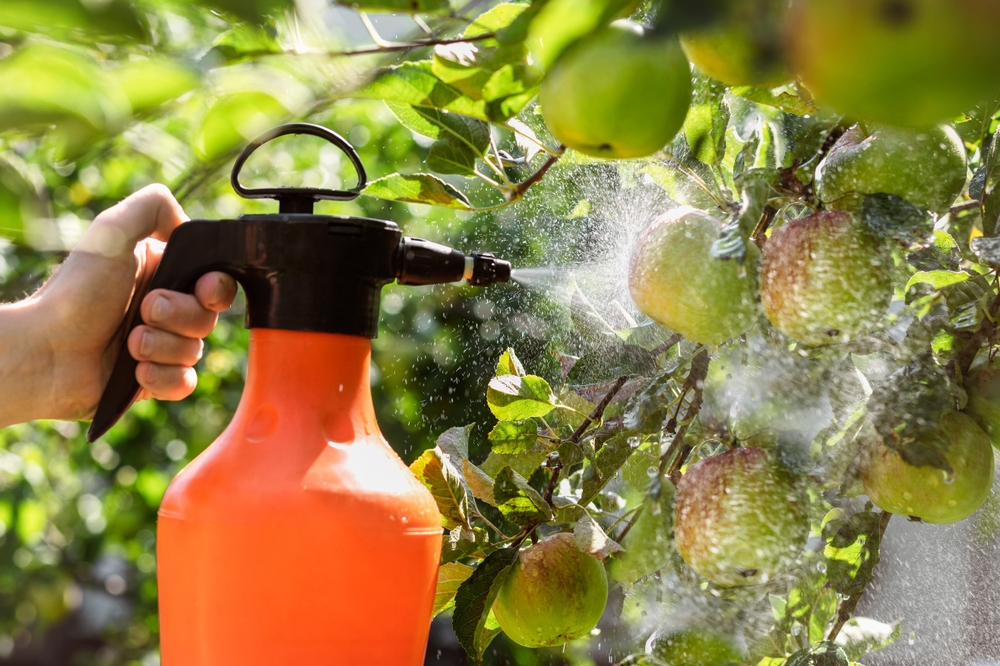
For avid gardeners, the concern over pesticides potentially causing cancer is widespread. While it’s true that some chemicals used in pesticides have been linked to cancer in animals, the risk for humans is not as clear. The amount of pesticide exposure we receive from gardening is typically very low and regulated by safety standards to minimize any risk. Plus, there are plenty of organic alternatives available for those who are cautious about chemicals.
As long as you follow safety instructions when using pesticides and avoid excessive exposure, the risk of cancer is extremely low. A balanced approach—using pesticides sparingly and opting for natural alternatives when possible—is the best way to protect your health while maintaining a thriving garden.
14. Working Night Shifts

For years, research has suggested that working the night shift could increase cancer risk, particularly breast and prostate cancers. The theory is based on the disruption to our circadian rhythms, which play a key role in regulating vital functions like hormone production. While the evidence isn’t entirely clear-cut, there is some support for the idea that prolonged disruption of sleep cycles could lead to an increased risk of certain cancers.
However, the evidence is still inconclusive, and other factors like lifestyle choices and genetics also play a role in cancer risk. If you’re working night shifts, it’s important to prioritize good sleep hygiene and a healthy lifestyle to counteract the potential disruptions caused by your schedule.
15. Smoking Outdoors
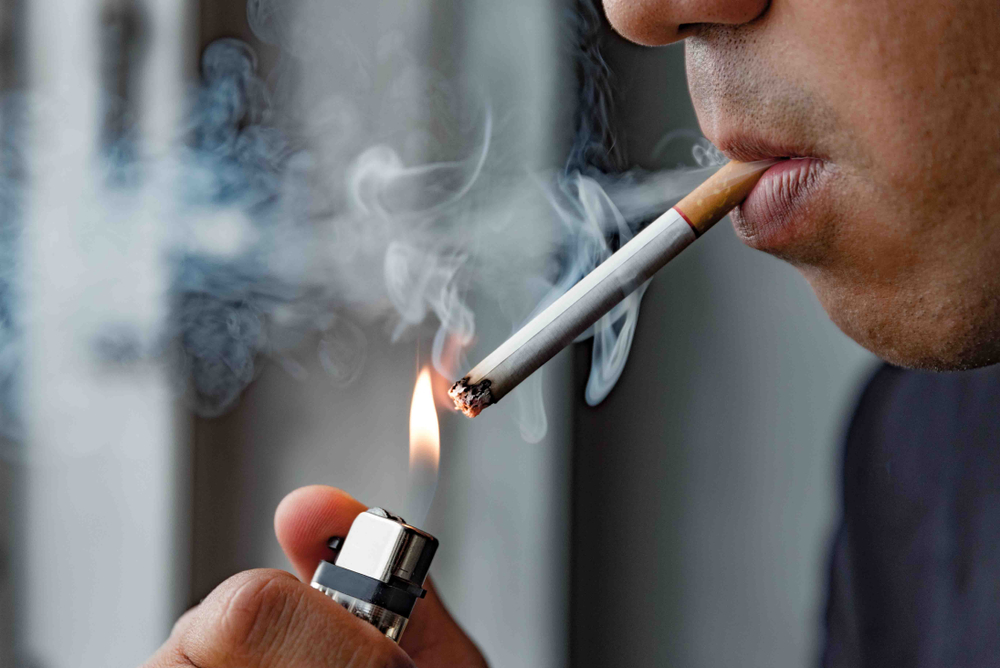
We know smoking indoors is harmful, but what about lighting up outside? Many people believe that outdoor smoking doesn’t pose much of a risk, especially when it’s far from others. The truth is, secondhand smoke can still linger in the air and pose a health risk to those nearby, even if you’re outside. However, the risk of cancer from occasional exposure is still much lower than smoking indoors.
That said, the real danger lies in smoking itself. The act of smoking, regardless of where it happens, introduces carcinogens directly into your body. So while you might not be causing harm to others when smoking outdoors, the best way to avoid cancer is to quit smoking altogether.

Abisola is a communication specialist with a background in language studies and project management. She believes in the power of words to effectively connect with her audience and address their needs. With her strong foundation in both language and project management, she crafts messages that are not only clear and engaging but also aligned with strategic goals. Whether through content creation, storytelling, or communication planning, Abisola uses her expertise to ensure that her messages resonate and deliver lasting value to her audience.

